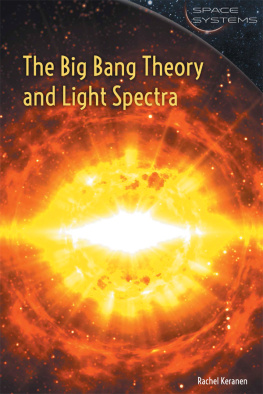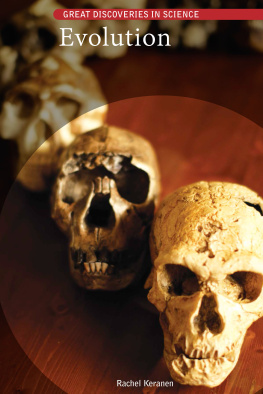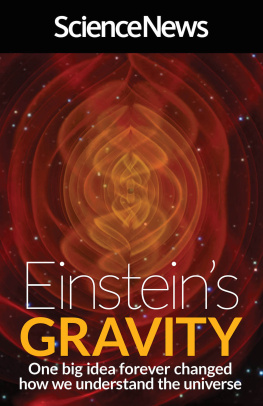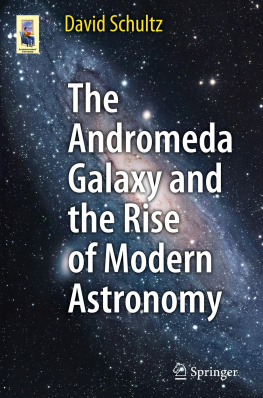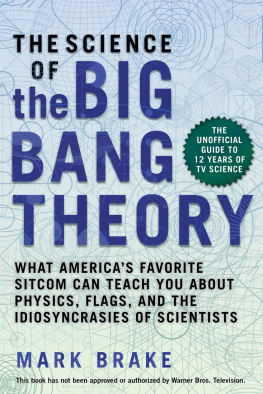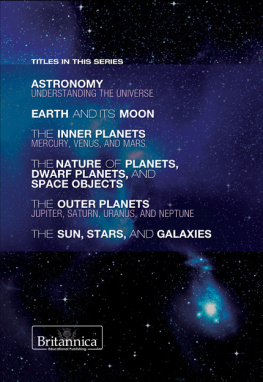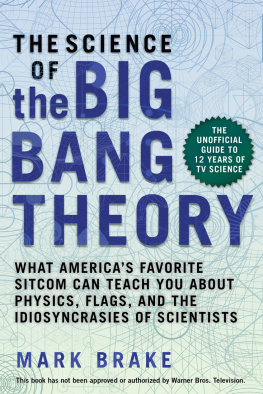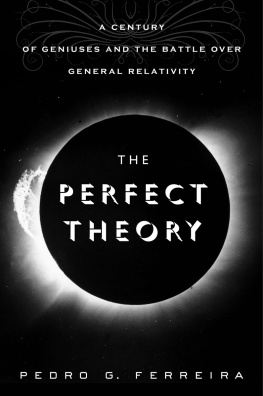Published in 2017 by Cavendish Square Publishing, LLC
243 5th Avenue, Suite 136, New York, NY 10016
Copyright 2017 by Cavendish Square Publishing, LLC
First Edition
No part of this publication may be reproduced, stored in a retrieval system, or transmitted in any form or by any meanselectronic, mechanical, photocopying, recording, or otherwisewithout the prior permission of the copyright owner. Request for permission should be addressed to Permissions, Cavendish Square Publishing, 243 5th Avenue, Suite 136, New York, NY 10016. Tel (877) 980-4450; fax (877) 980-4454.
Website: cavendishsq.com
This publication represents the opinions and views of the author based on his or her personal experience, knowledge, and research. The information in this book serves as a general guide only. The author and publisher have used their best efforts in preparing this book and disclaim liability rising directly or indirectly from the use and application of this book.
CPSIA Compliance Information: Batch #CW17CSQ
All websites were available and accurate when this book was sent to press.
Library of Congress Cataloging-in-Publication Data
Names: Keranen, Rachel, author.
Title: The big bang theory and light spectra / Rachel Keranen.
Description: New York : Cavendish Square Publishing, [2017] | Series: Space systems | Includes bibliographical references and index.
Identifiers: LCCN 2016034700 (print) | LCCN 2016040187 (ebook) | ISBN 9781502622952 (library bound) | ISBN 9781502622969 (E-book)
Subjects: LCSH: Big bang theory--Juvenile literature. | Cosmology--Juvenile literature. | Cosmological distances--Juvenile literature. | Light--Wave-length--Juvenile literature. | Expanding universe--Juvenile literature. Classification: LCC QB991.B54 K47 2017 (print) | LCC QB991.B54 (ebook) | DDC 523.1/8--dc23
LC record available at https://lccn.loc.gov/2016034700
Editorial Director: David McNamara
Editor: Caitlyn Miller
Copy Editor: Rebecca Rohan
Associate Art Director: Amy Greenan
Senior Designer: Alan Sliwinski
Production Coordinator: Karol Szymczuk
Photo Research: J8 Media
The photographs in this book are used by permission and through the courtesy of: Cover Sagittarius Production/ Shutterstock.com; p. 4 NASA, ESA, HEIC, and The Hubble Heritage Team (STScI/AURA); pp. 10, 13 Print Collector/ Hulton Archive/Getty Images; p. 15 Dorling Kindersley/Thinkstock.com; p. 17 Peter Hermes Furian/Shutterstock.com; p. 19 Herbert Hall Turner/File:Voyage in Space page272.jpg/Wikimedia Commons; p. 21 Phil Degginger/Alamy Stock Photo; p. 25 Mark Garlick/SPL/Getty Images; p. 28 Dana Berry/Skyworks Digital/NASA; p. 35 FT2/File:Massive star cutaway pre-collapse.png/Wikimedia Commons; p. 41 Jerry Cannon/NASA/File:Clouds of smoke around the 323rd Delta rocket on launch pad 17B.jpg/Wikimedia Commons; p. 43 NASA/JPL-Caltech/ESA/File:PIA16874-CobeWm apPlanckComparison-20130321.jpg/Wikimedia Commons; p. 48 Ferdinand Schmutzer/File:Albert Einstein 1921 by F Schmutzer.jpg/Wikimedia Commons; p. 63 Photos.com/Thinkstock.com; p. 64 F. W. Dyson, A. S. Eddington, and C. Davidson/File:1919 eclipse positive.jpg/Wikimedia Commons; p. 66 H. Armstrong Roberts/ClassicStock/Getty Images; p. 69 NASA/File:Horn Antenna-in Holmdel, New Jersey.jpeg/Wikimedia Commons; p. 70 NASA/ File:Cobe vision2.jpg/Wikimedia Commons; p. 72 CERN; p. 75 Fermilab, Reidar Hahn/File:Fermilab.jpg/ Wikimedia Commons; p. 76 Encyclopaedia Britannica/UIG/Getty Images; pp. 80, 93 Peter Ginter/Getty Images; p. 82 Lucas Taylor/CERN; p. 84 NASA/WMAP Science Team; p. 87 Henze, NASA/File:This visualization shows what Einstein envisioned.jpg/Wikimedia Commons; p. 99 Detlev van Ravenswaay/Science Source.
Printed in the United States of America
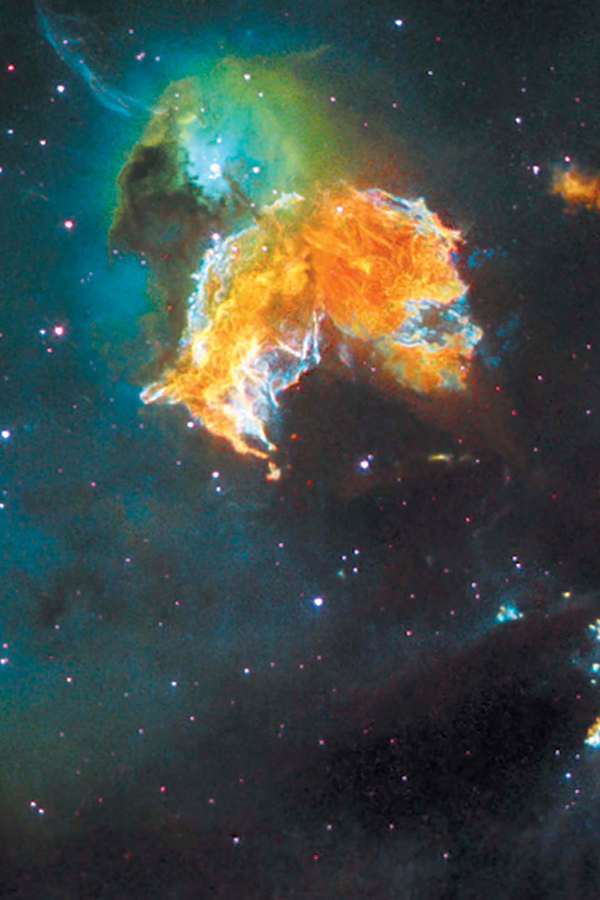
Supernovas emit different types of light, including visible light, X-rays, and gamma rays.
Introduction: A Vast Expansion of Time and Space
The evolution of the world can be compared to a display of fireworks that has just ended: some few red wisps, ashes, and smoke. Standing on a cooled cinder, we see the slow fading of the suns, and we try to recall the vanished brilliance of the origin of the worlds.
Georges Lematre
I t is human nature to wonder where we come from and how the universe came to be. In the scientific world, that question has fallen largely to the physicists, astrophysicists, and astronomers who use the properties of light and spacetime to study the universe in its earliest days.
The oldest stories of the universe, however, are mythologies based in superstition and supernatural events. Many of these myths describe gods as creative powers who shaped Earth and the universe. Over time this form of creation narrative began to change.
Ancient Greek scientists began to create more scientific theories in which they tried to describe the motion and elemental composition of the celestial bodies. The models were beautiful, but ultimately they did not match actual observation.
More than a millennium later, Nicolaus Copernicus began a scientific revolution with his assertion that Earth revolved around the sun. Over the next few hundred years, a new focus on observation-based hypotheses and advancements in optics and telescopes propelled the scientific world through discovery after discovery. It became possible to study not just the movement of the stars through the sky, but also the movement of stars and galaxies toward or away from Earth by studying their absorption of light. Our knowledge of light itself expanded as scientists discovered portions of the electromagnetic spectrum invisible to the naked eye, including longer wavelength infrared radiation and shorter wavelength ultraviolet light.
Still, many scientists, including the great physicist Albert Einstein, believed that the universe was infinite in size and time, with no beginning to speak of. For some scientists, to talk of a beginning suggested a return to the nonscientific creation mythologies.
Others worked through the equations in Einsteins general theory of relativity and said that the universe must be either contracting or expanding. Two such scientists, Alexander Friedmann and Georges Lematre, both argued that the universe was expanding and in the past had likely been compressed in one very small, very dense region. Lematre suggested that the small, dense region was a primeval atom that decayed into the matter that composes the universe. Einstein dismissed both Friedmann and Lematre as scientists with accurate mathematics but terrible physics.
In 1929, American astronomer Edwin Hubble forever changed the conversation with his discovery that the galaxies in our universe are moving away from us at rate that corresponds directly to their distance from us. The universe is expanding, his observations showed, directly contradicting the beliefs of Einstein and other physicists who preferred a static model of the universe over time and space.
Friedmann had been largely ignored when he published his data, and he died young, but Lematres theories got a fresh breath of air after Hubbles analysis was published. Einstein admitted his mistake and praised Lematres work, and a new era of cosmology was born.
Physicist George Gamow, one of the only nuclear physicists in America not pulled into the Manhattan Project due to his Soviet roots, picked up the mantle and developed what would become known as the big bang theory. Gamow and his graduate student Ralph Alpher proposed a model in which the early universe consisted of highly compressed gas that expanded rapidly and gave birth to hydrogen and helium, which fused into heavier elements and produced the universe we know today.

